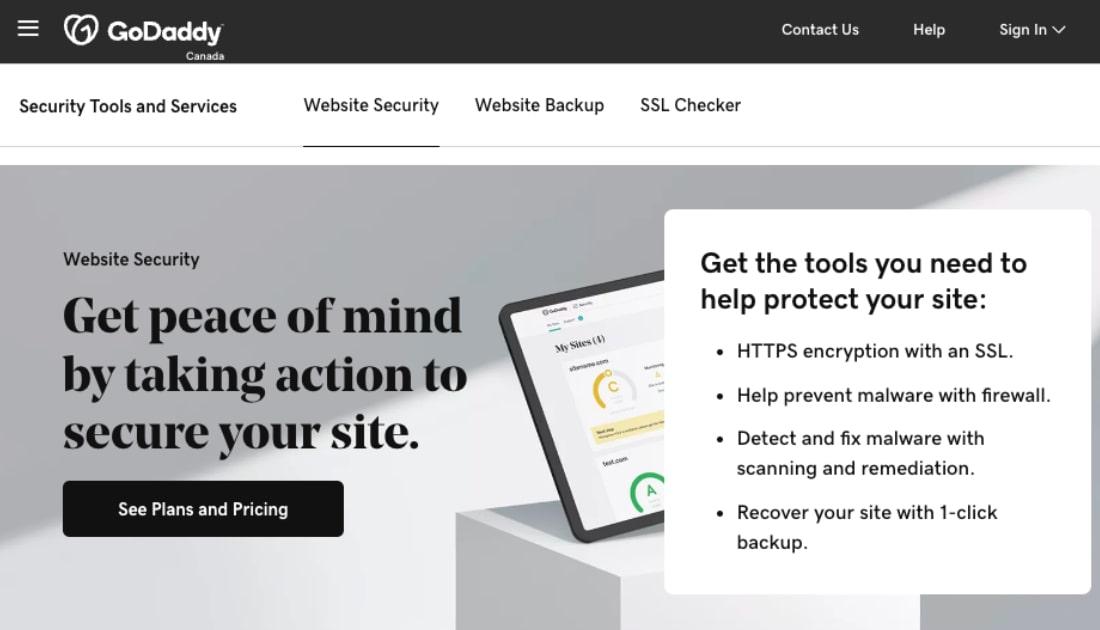Canadian consumers embraced online shopping long before the pandemic interrupted and forever changed how businesses serve their customers.
In December 2020, e-commerce retail sales in Canada hit an all-time high of $4.82 billion. The following July, online sales dropped to $2.85 billion before increasing to $3.3 billion in October 2021.
All of this is fantastic news for anyone who runs or is launching an e-commerce store. However, every business owner knows there are risks they must tackle to be successful, which may be doubly true online.
When we think of the risks e-commerce business owners face, the first thing that comes to mind is cybersecurity.
But there are others. Let’s take a look at eight of them, along with practical tips on reducing the chances of each.
8 e-commerce risks and how to lessen them
Anyone selling goods or services online face many risks that they need to be prepared to handle. Here are eight e-commerce risks to be aware of and how to circumvent them.
1. Cybersecurity
No company operating online – large or small – is immune to the risks posed by cyber-attacks, phishing attempts, ransomware, and accidental data breaches. There’s also the possibility someone may use a stolen credit card to make a purchase.
- Strengthen your cybersecurity defences and educate your employees on the dos and don’ts related to digital security.
- Ensure you have adequate layers of network security, including a firewall, data encryption, and secure sockets layer (SSL) to create an encrypted link between your web server and your customers’ browsers.
Moreover, as part of your overall risk management strategy, purchase cyber insurance. That way, if your site is hacked or if an internal accidental data breach occurs that exposes your customers’ financial and private data, you’ll have financial support to fix your software systems.
It also provides coverage for losses you sustain because of a system outage from a cyber-attack, access to legal advice, and credit monitoring for your affected customers.
Editor’s note: Get all-in-one security for your website with Website Security. This one-stop bundle includes a firewall, an SSL Certificate, and daily malware scanning to keep your site squeaky clean.
2. Shipping products
Let’s say you’re selling products via your business website and possibly through a marketplace like Amazon, Etsy, or Wayfair.

After selling a product to a customer, you need to ship it. That means hiring a courier delivery company to quickly get it to your customers. After all, the faster you get it to them, the happier they’ll be. That, in turn, can translate into customer retention, increasing the likelihood they’ll buy from you again.
But here’s the problem: your deliveries may not arrive in a timely fashion (or at all).
There are also often significant shipping fees involved, and there’s a possibility the product may be damaged while en route. Should any of the above happen, your customer won’t point a finger at the courier company. They’ll point it at you.
One way to offset this possibility is to go with a reputable courier delivery company and opt for flat-rate shipping, where the rate is based on the item’s size and not its weight. Flat-rate shipping will give your customers a straightforward shipping option and give you the ability to know what the shipping expenses are in a predictable way.
Zensurance has teamed up with Clickship/Freightcom to simplify e-commerce shipping for our customers.
3. Product liability
Whether you sell products through your website or a marketplace or both, you are responsible for the items you sell, distribute, or manufacture (including food).
That’s when product liability insurance comes to the fore.
If a product you sold causes bodily injury or property damage, you could find yourself the target of a lawsuit that may prove to be financially ruinous to your business.
Product liability coverage protects business owners against claims or allegations of injuries and damages. Although this insurance may not be mandatory, it is strongly recommended, especially if you sell items that may easily result in claims. For example, food items may lead to food poisoning, or clothing can lead to skin reactions.
4. Property and inventory damage
Whether you run your online business from an office, retail space, storage warehouse, or at home, you should always expect the unexpected.

Severe weather, flood, fire, vandalism, and theft can put you out of commission with little to no warning by:
- Rendering your place of business uninhabitable
- Destroying your computing systems and inventory
Ensure you have active security monitoring and fire detection systems in place and address any maintenance issues at your business space or dwelling promptly.
Commercial property insurance covers the cost to replace or repair damage to a property, your computing systems, and inventory. Note for home-based businesses: your residential property insurance is not designed to cover losses or damages related to business activities.
5. Violation of intellectual property
The images, descriptions, and videos of the products you sell on your site need to be your own. Never use content from a competitor or another website.
Additionally, you need to ensure your own intellectual property is protected. For instance, if you discover another online store is using your photos, descriptions or taglines to sell goods, you can take legal action against them.
The first line of defence is to register your intellectual property through the Canadian Intellectual Property Office (CIPO). CIPO provides rights holders with trademarks, patents, and copyright registration.
Furthermore, you may wish to add media and marketing coverage to your business insurance policy.
6. Poor online reviews
Customer disputes or a poor shopping experience can lead to an irate customer posting a less-than-stellar review of your company on Google Reviews.
If bad reviews start to pile up and you do not address them, you’re hurting your chances of gaining new customers.
Consumer review sites allow you to respond to reviews and defend yourself. You can also flag offensive remarks that may violate the review site’s terms of service and have them removed.
But sometimes, a poor review is legitimate. Maybe someone was accidentally charged twice, or the item they bought from you doesn’t quite measure up to its description.
Whatever the reason for their unsatisfactory experience:
- Keep calm
- Be professional
- Reply quickly and tactfully
- Offer to make things right
Trying to resolve a customer’s poor experience shows others who read it that you pay attention to your customers. It can even turn a negative review into a positive one.
7. Low search engine ranking
Search engine optimization (SEO) involves making small changes to your website to increase its visibility on Google, Bing, and other search engines.
The higher your website ranks, the more people will see it whenever they search for terms related to your business.
But here’s the issue: Google is notorious for changing its algorithms that can dramatically affect your site’s ranking. The lower the ranking, the fewer people are likely to see it, and traffic to your site will sink.
Being proactive through digital marketing and consistently publishing relevant, authoritative content is one way to offset a low SEO ranking. Plus, a content-rich website that helps customers learn about whatever they’re interested in will likely attract links from other sites. That can help improve your SEO, but that alone won’t do it. You can also try our SEO services to help you find the right keywords to use to promote your products and business. Also, use metadata tags for each webpage, as browsers use them when returning search results.
8. Website downtime
Unfortunately, startup and small business e-commerce sites tend to suffer website downtime more than large companies. That’s because smaller entities don’t have a dedicated technology team monitoring and managing their site.

WordPress site owners should research the risks of self-hosting vs. managed hosting.
Self-hosted sites tend to have risks related to security, reliability, and challenges with your internet service provider (especially if yours is a home-based business on a residential internet line).
Plus, you’ll need to factor in the additional costs for things such as a web server and a cloud backup service. Self-hosted sites provide flexibility, but you need the technical chops to maintain and update your server and applications.
On the other hand, a site with managed hosting is highly scalable and designed to add new services or meet rising demands quickly. Moreover, your site is monitored and managed by a team of experienced technicians. In other words, you can spend more time growing your business and less time managing your site.
Take steps to manage your e-commerce risks
If you're planning to launch an e-commerce business, all of this can seem overwhelming. But don't let it stop you.
There are a lot of upsides to building and growing a sustainable e-commerce business despite the risks and competition you face.
A secure e-commerce store is essential to providing your customers with a shopping experience that inspires confidence. Your business’s reputation and customers’ trust are entirely dependent upon giving them a seamless, safe, and frictionless e-commerce experience.
Be thorough in your planning, work to reduce the risks you face, get an insurance policy that adequately protects your business and ensure you meet changing customer expectations.






